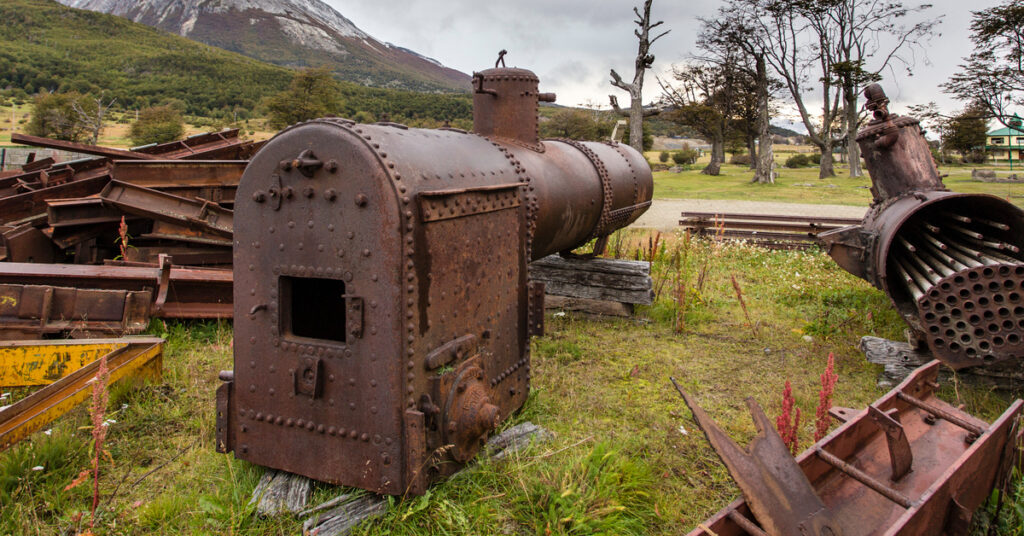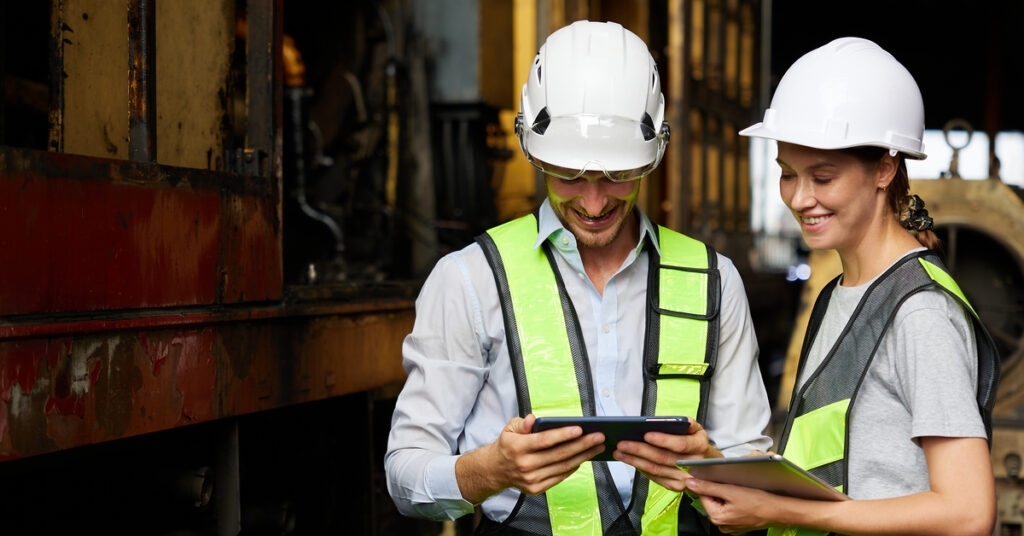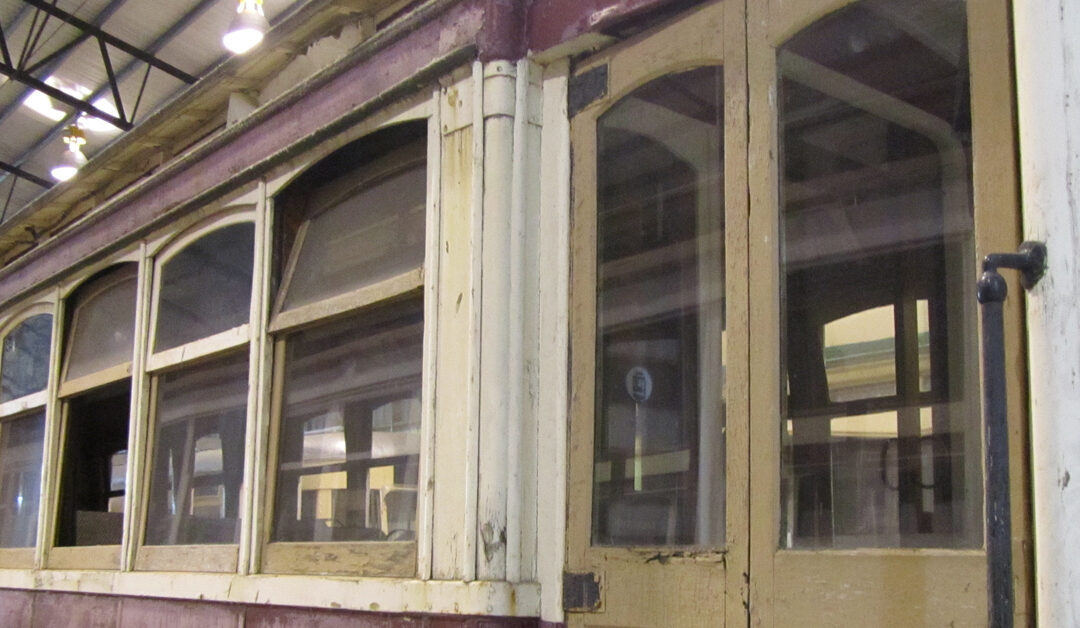Traditional railcar restoration practices rely on hard-to-recycle materials and consume large amounts of energy, contributing to pollution and waste generation. For instance, restorers may use new steel mined and manufactured specifically for their projects. However, eco-friendly practices can make these projects more sustainable. Learn how to keep railcar restoration environmentally friendly with these excellent solutions.
Sustainable Materials
Restorers should select materials based on durability, aesthetic appeal, and low environmental impact. For example, restorers can opt for recycled steel and aluminum instead of sourcing new metals. These materials reduce the demand for new mining and consume significantly less energy during production.
Additionally, using eco-friendly paints and coatings can protect the environment from exposure to harmful chemicals that traditional paints contain. When it comes to interiors, using wood from responsibly managed forests or alternative materials such as bamboo can greatly reduce the environmental impact.
Energy-Efficient Techniques and Tools
The restoration process can consume a lot of energy, particularly when using heavy machinery and power tools. Restorers can take the following steps to utilize energy-efficient techniques and tools wherever possible:
- Whenever feasible, restorers should prioritize hand tools over power tools. This will save energy and reduce noise pollution, creating a more pleasant working environment.
- When machinery is necessary, restorers should select energy-efficient equipment that consumes less power while maintaining performance.
- Restorers can decrease their projects’ carbon footprint by powering their workshops with renewable energy sources, such as solar or wind power. This could involve installing solar panels on the workshop roof or partnering with a local wind energy provider.

Waste Reduction and Recycling Practices
Restorers can reduce material waste through careful planning and measurement. They should also invest time in assessing their needs carefully and measuring twice before cutting.
Additionally, using digital modeling and simulation tools keeps railcar restoration environmentally friendly by visualizing the restoration process and identifying areas where restorers could conserve materials.
Moreover, salvaging and reusing parts from decommissioned or dismantled railcars helps to reduce waste. Establishing a network of suppliers who specialize in reclaimed railcar parts provides a steady source of reusable materials, giving restorers access to high-quality, period-appropriate components.
Setting up a recycling program within the restoration facility is another effective strategy. Restorers can sort and dispose of scrap materials. Partnering with local recycling facilities can streamline the process for recycling metal, wood, plastic, and other materials.
To enhance this effort, restorers can also invest in an on-site compactor to manage bulk recyclable materials and reduce transportation emissions associated with frequent trips to recycling centers.
Lastly, incorporating a composting system for organic waste, such as sawdust and wood shavings, minimizes landfill contributions and produces nutrient-rich compost for landscaping around railcar exhibition sites.
Non-Toxic Paints and Chemicals
Many paints and chemicals have volatile organic compounds (VOCs), which harm humans and the environment. These compounds contribute to air pollution and require special handling and disposal. Fortunately, several effective and environmentally friendly alternatives are available.
Many manufacturers offer low-VOC and water-based paints with the same longevity and aesthetic appeal as traditional paints but without harmful side effects. Restorers should prioritize these options when painting railcars.
Additionally, instead of using harsh chemical-based cleaners, it’s best to opt for natural and biodegradable alternatives. These cleaners are equally effective and pose less risk to the environment and the people using them.
Integrating a paint solvent recycling machine into the restoration process can reduce hazardous waste and disposal costs. A solvent recycler allows restorers to clean and reuse solvents rather than discard them, lessening the environmental impact of railcar restoration projects.
Sustainable Transportation and Logistics
By establishing sustainable transportation and logistics practices, restorers can reduce the environmental impact of their projects. Here are some strategies for doing this:
- When transporting materials and workers to and from the restoration site, restorers should opt for electric or hybrid vehicles whenever possible. These vehicles produce fewer emissions than combustion engine vehicles and contribute to cleaner air.
- Careful planning of transport routes can reduce fuel consumption among your transportation vehicles. Consider factors such as traffic patterns and road conditions when planning routes to and from the restoration site.
- Establishing partnerships with logistics companies that prioritize sustainability can enhance the environmental credentials of your railcar restoration projects. These companies follow eco-friendly practices, such as using alternative fuel vehicles and optimizing delivery schedules.
An Eco-Friendly Mindset Among Restoration Teams
Promoting an eco-friendly mindset among restoration teams requires active participation and commitment from everyone. Restorers can foster a culture of sustainability by providing access to training and resources and encouraging an eco-friendly approach that extends beyond individual projects.
Restorers should provide regular training sessions and workshops to educate team members about the importance of sustainable practices and how they can contribute. Offering up-to-date information on best practices and innovations in sustainable restoration empowers team members to make eco-friendly decisions.
Restorers should also foster an organizational culture that prioritizes sustainability. They can integrate sustainability goals into performance metrics and provide opportunities for team members to share their ideas for improving eco-friendly practices.

Public Engagement and Advocacy
Engaging the wider community in sustainable railcar restoration efforts and advocating for environmentally friendly practices can amplify the positive impact of restoration projects.
Hosting open houses and educational tours of restoration sites allows the public to see firsthand the importance of railcar restoration and sustainable practices. These events also provide opportunities for restoration teams to share their knowledge and discuss projects with attendees.
Involving volunteers in eco-friendly practices strengthens community ties while promoting environmental stewardship. Many community members are eager to lend a hand in local restoration projects.
Collaborating with local environmental organizations enhances the reach and effectiveness of your sustainability efforts. These partnerships offer access to additional resources, expertise, and a wider audience for advocacy campaigns.
The preservation of historical railcars is an invaluable endeavor that connects us with our heritage while offering opportunities for education and enjoyment. It is crucial to approach these projects with an awareness of their potential environmental impact. By making the effort to implement sustainable practices, restorers can protect the environment and ensure future generations can enjoy and learn from these remarkable pieces of history.

